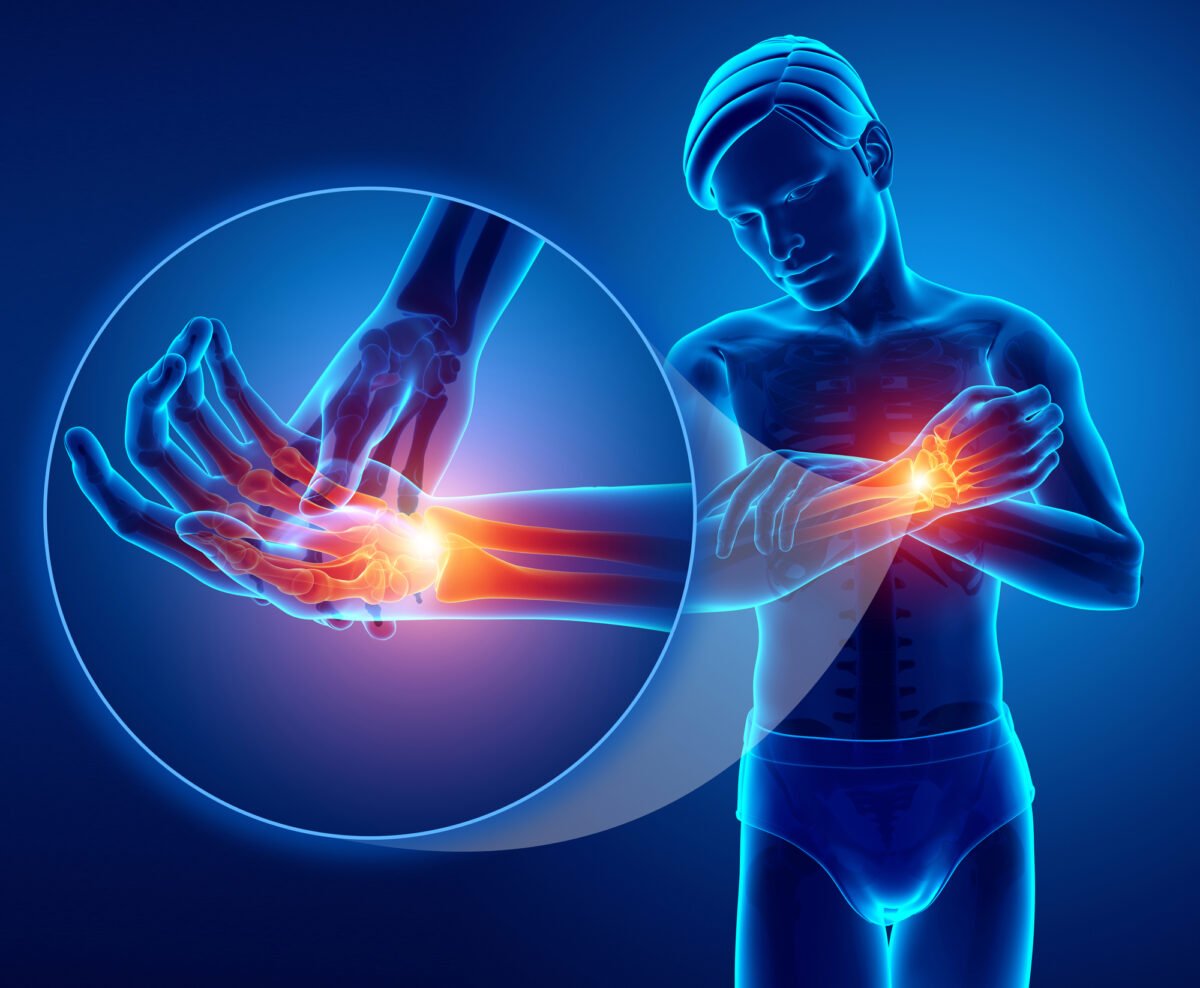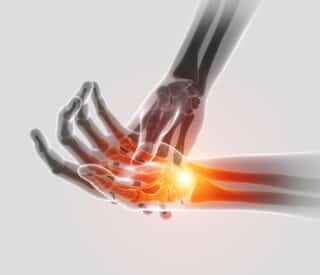WRIST ARTHROSCOPY

Wrist arthroscopy can be used to diagnose and treat many conditions, including wrist tissue injuries, carpal arthritis, tendon tears, osteochondrosis, and other problems. The surgeon can examine the condition of the tissues, cartilage, and joints of the wrist and perform necessary procedures, such as removal of detached particles, bone or tendon repair, and cartilage repair.
What are the indications for elbow arthroscopy?
Some of the main indications for wrist arthroscopy include:
- Wrist Arthritis: Arthroscopy can be helpful in diagnosing and treating wrist arthritis, which can cause pain, swelling, and limited mobility.
- Cartilage Rupture: Arthroscopy is used to repair tears or damage to the cartilage in the wrist.
- Carpal Coexistence of Free Particles: If there are free particles or small pieces of cartilage in the wrist, arthroscopy can be used to remove them.
- Carpal Rib Coexistence: In cases of tendon tears, such as extensor carpi ulnaris or flexor carpi ulnaris, arthroscopy can be used for repair.
- Carpal Coexistence of Tendonitis or Tendinopathy: Problems with the carpal tendons, such as tendinitis or tendinopathy, can be treated with arthroscopic techniques.
The choice of wrist arthroscopy depends on the type and severity of the problem, as well as the general condition of the patient. The surgeon will take these parameters into account when determining the appropriate treatment plan.
Arthroscopic surgical treatment of the wrist

Arthroscopic surgery can be used to treat certain wrist conditions, including but not limited to:
- Chronic wrist pain. Arthroscopic exploratory surgery can be used to diagnose the cause of chronic wrist pain when the results of other tests do not provide a clear diagnosis. Often, there may be areas of inflammation, cartilage damage, or other findings that explain the pain. In some cases, after diagnosis, the condition can also be treated arthroscopically — and possibly during the same procedure.
- Wrist fractures. Small fragments of bone may remain in the joint after a bone is broken (fractures). Wrist arthroscopy can be used to remove these fragments and realign the broken pieces of bone. The bone is then fixed using pins, wires, screws, plates, etc.
- Ganglion cysts. Ganglion cysts usually develop outside the joint from a stalk between two of the carpal bones. Usually, the cyst and/or its stalk can be seen and removed during arthroscopy, eliminating the cyst.
- Ligament/triangular fibrocartilage complex (TFCC) tears. Ligaments are fibrous bands of connective tissue that connect bones together. They provide stability and support to the joints. The TFCC is a structure that stabilizes and softens the wrist. A fall on an outstretched arm (eg, from slipping on an icy surface or while participating in sports) can injure or tear ligaments in the wrist, such as the TFCC. This can cause wrist pain, especially during activity. Arthroscopic surgery can be used to diagnose and treat TFCC and other wrist ligament tears.
- Category
- Servicesen

